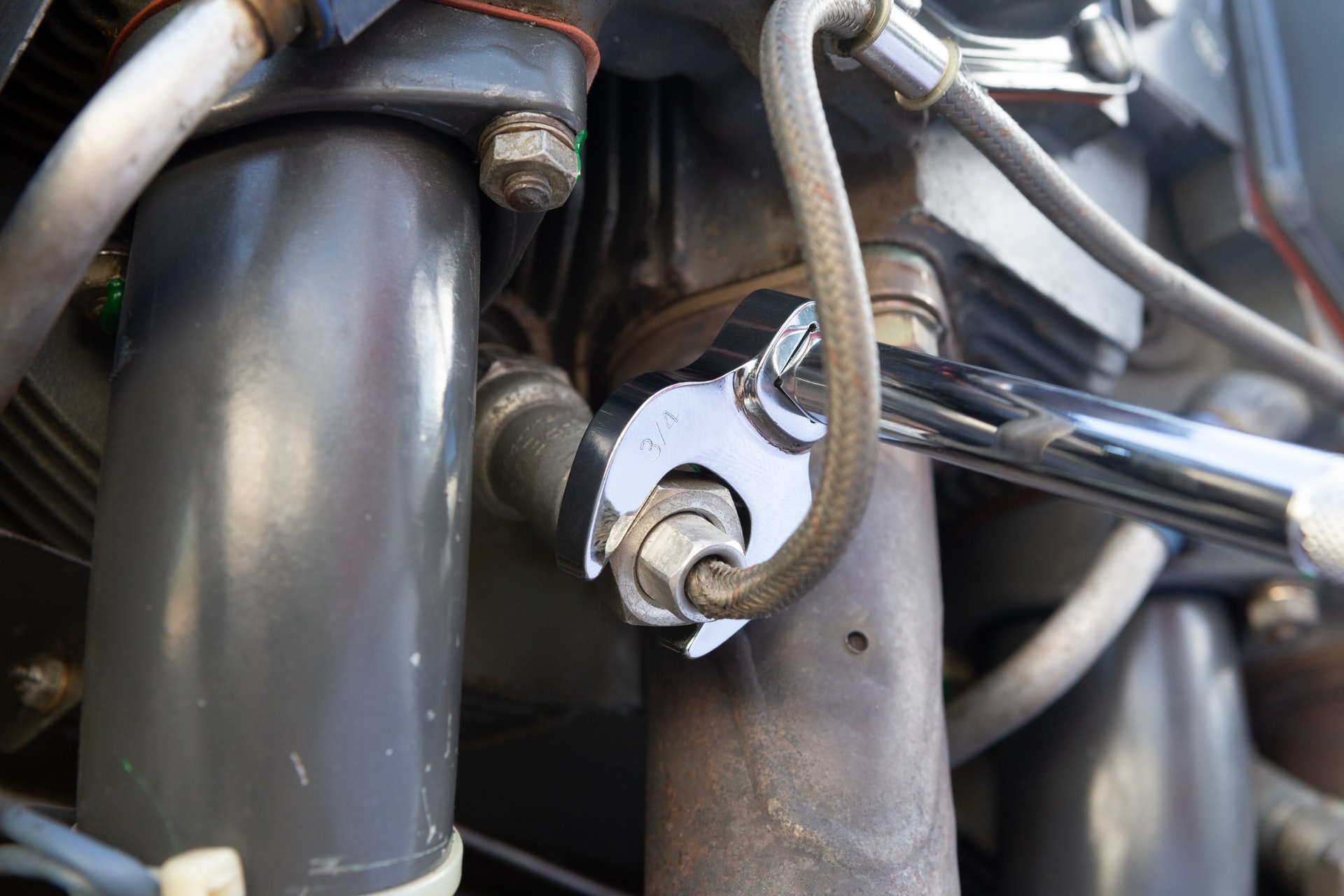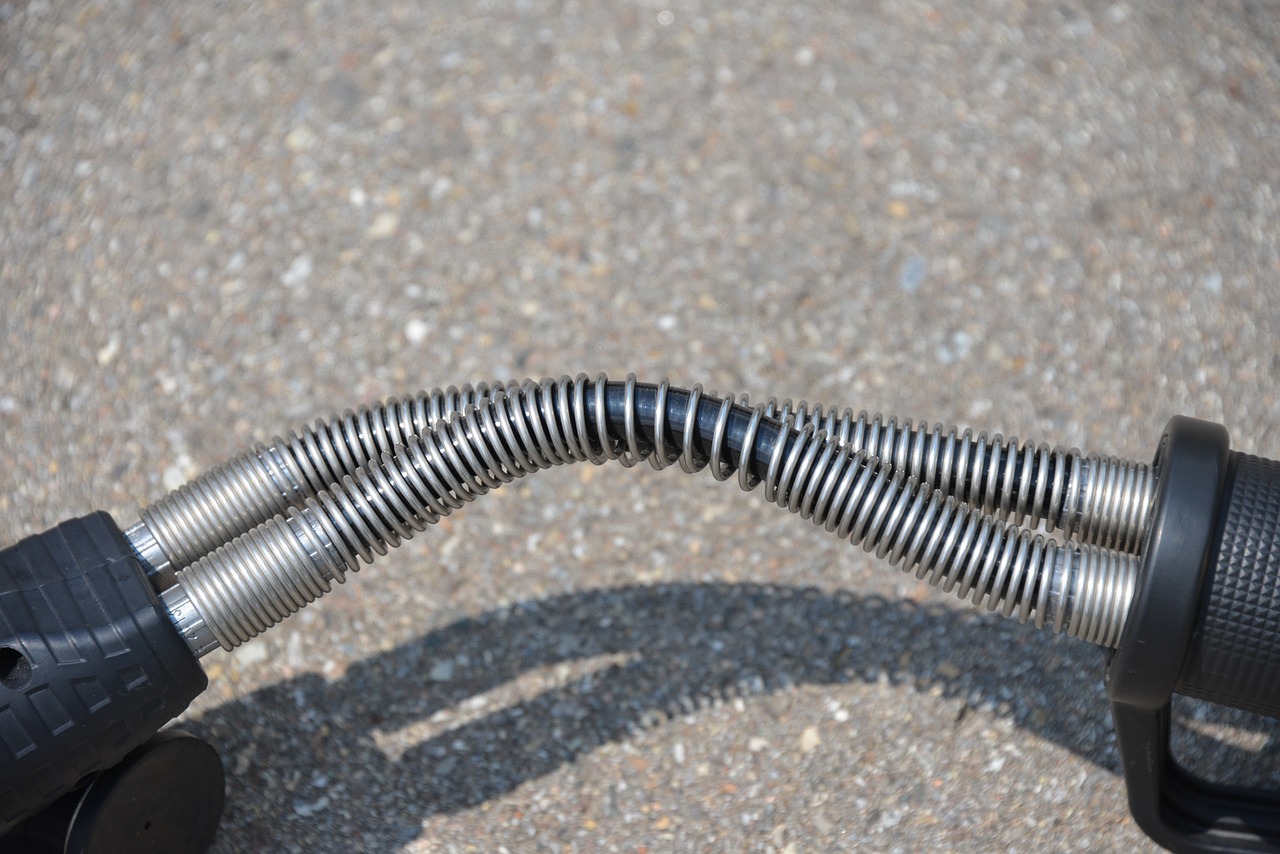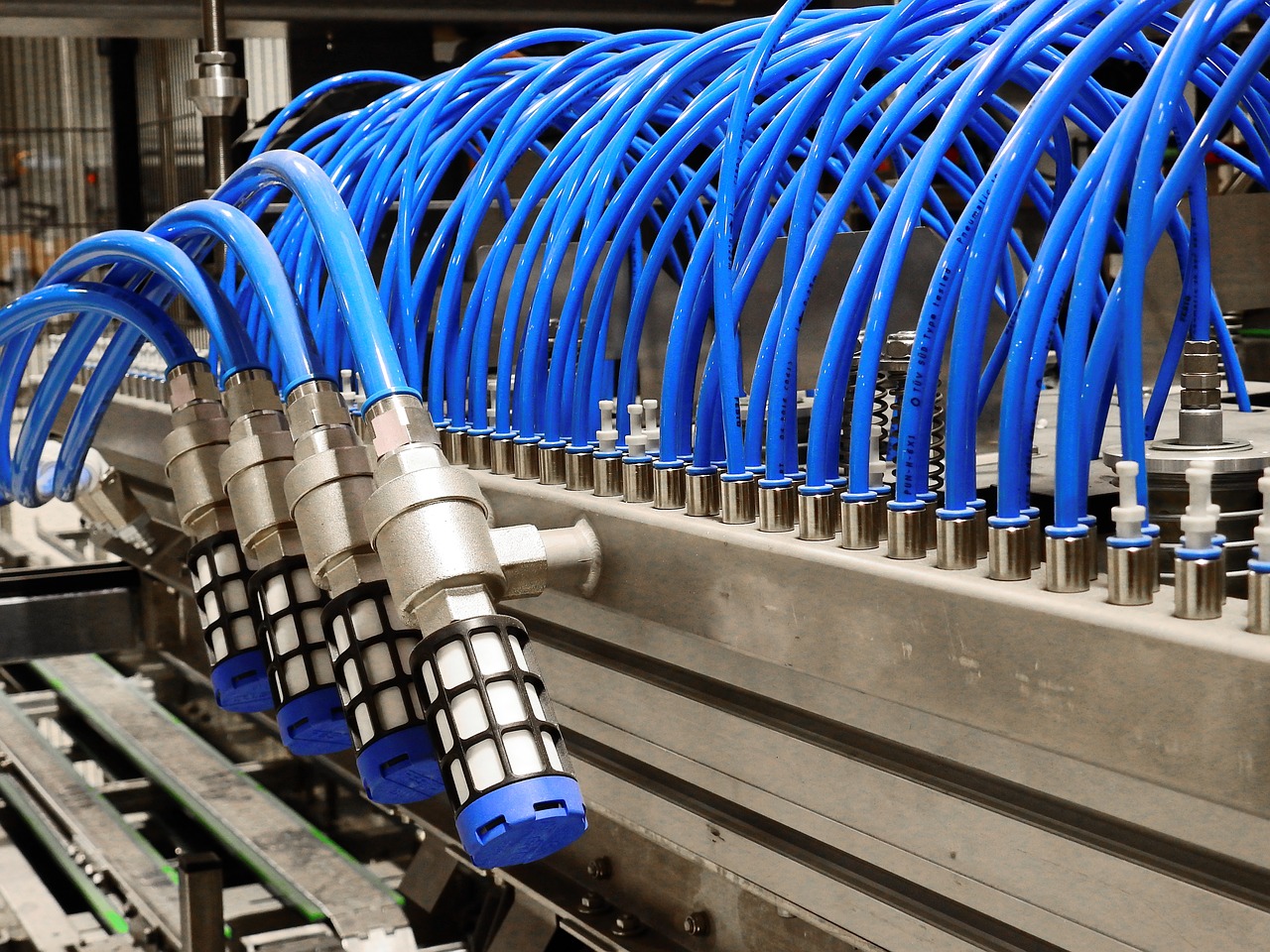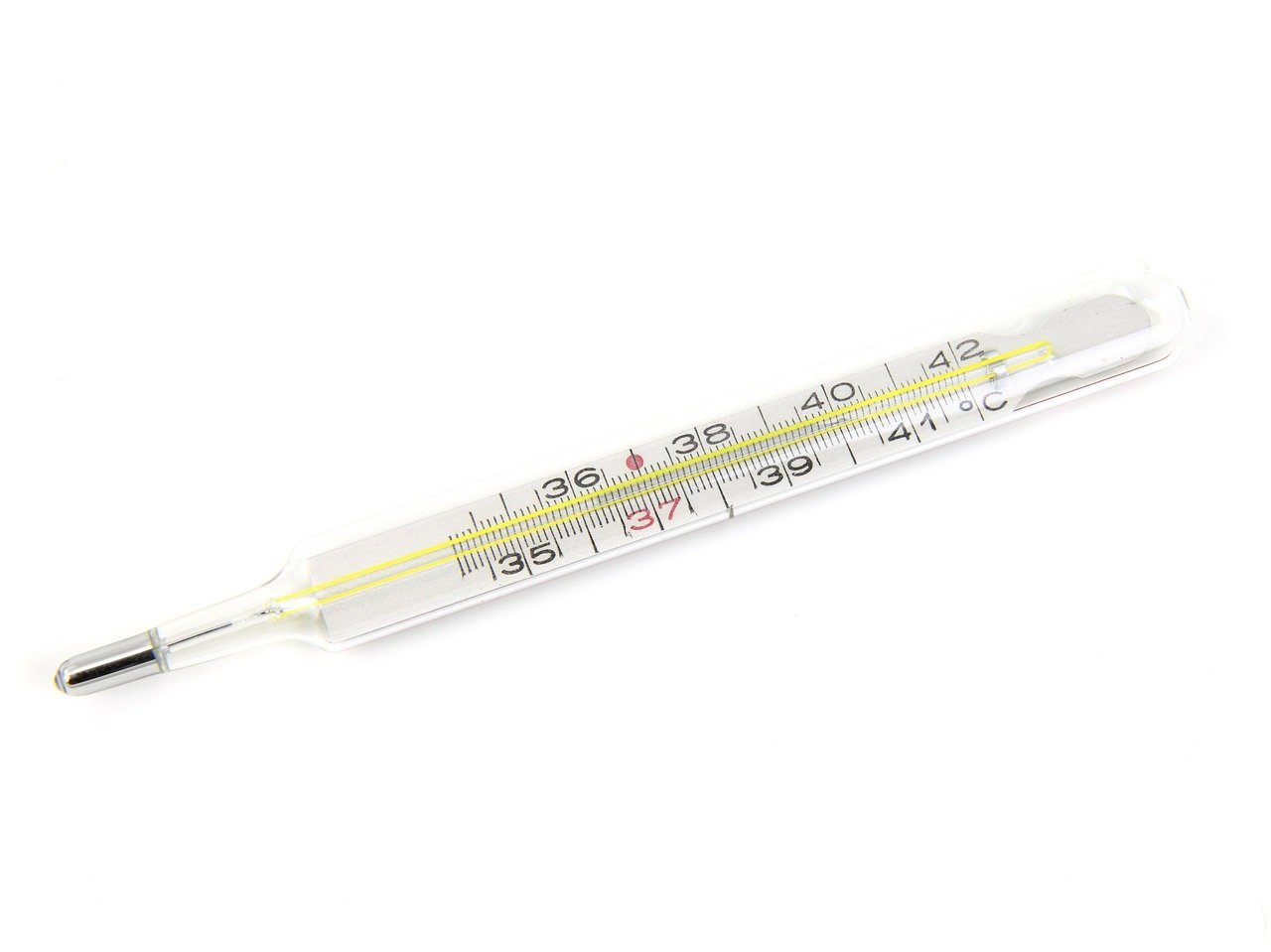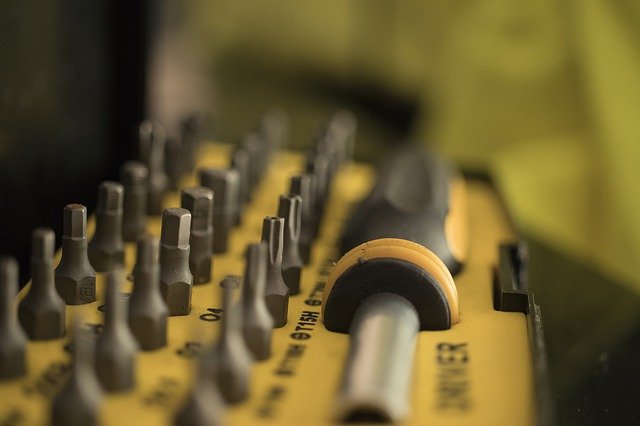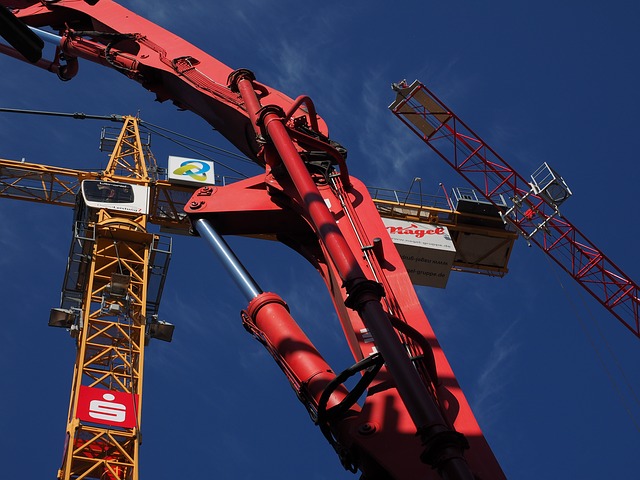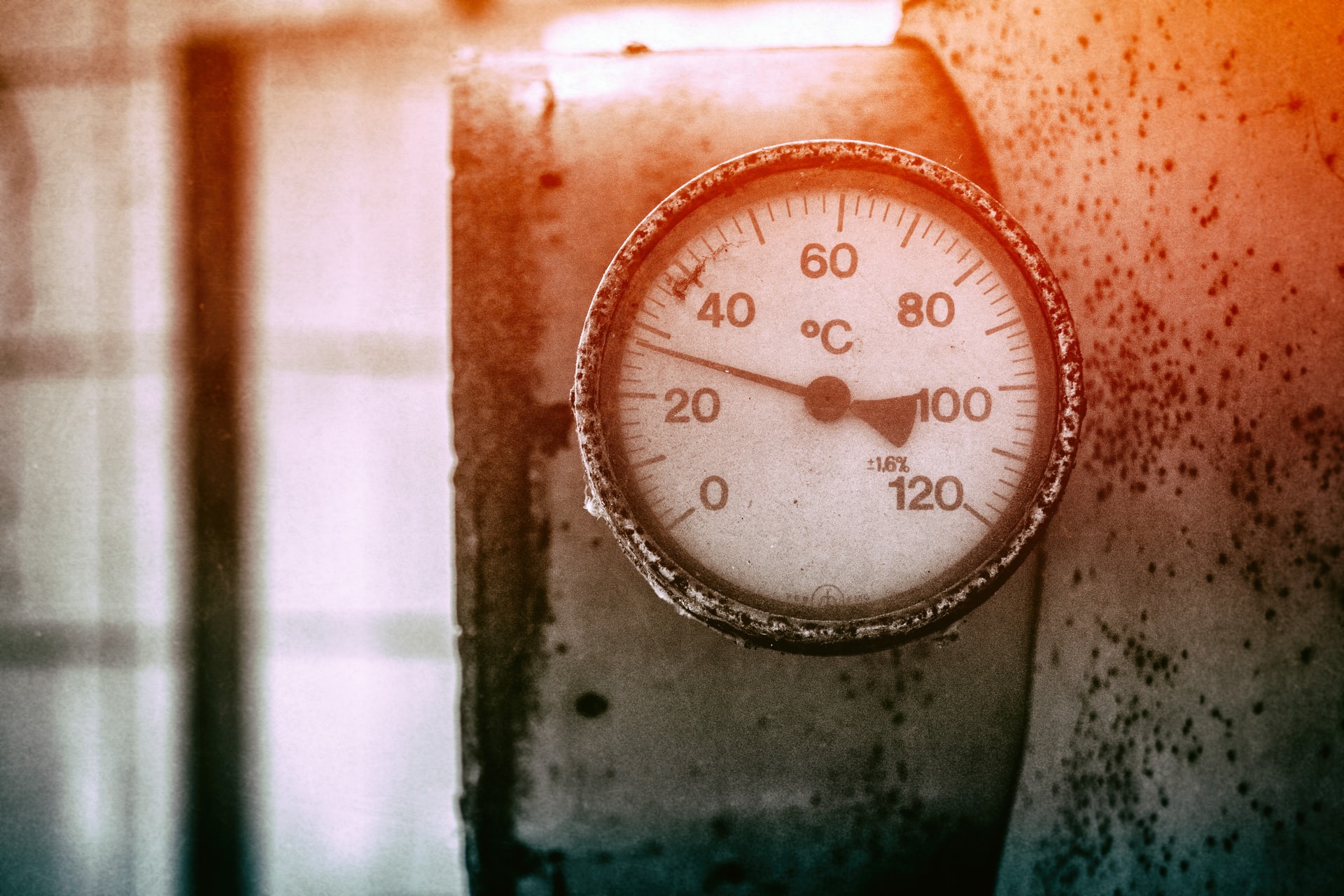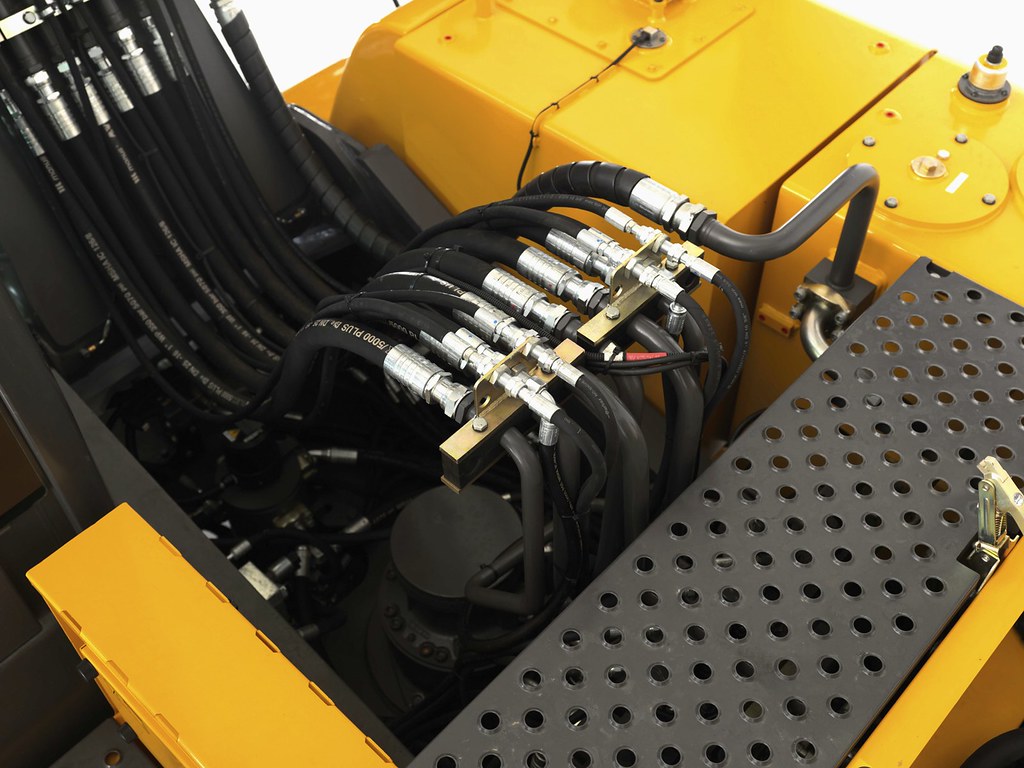If your business relies on hydraulic systems, you’ll understand that time is of the essence. Unforeseen and sudden equipment failures cause significant disruption to production lines. At the same time, leaks from...
The 5 Top Advantages of Using Hydraulic Thermoplastic Hoses
Keeping ambient heat under control is a challenge in many hydraulic systems. Fluid pressure, motion, and moving parts all raise the temperature, making user safety and smooth running far trickier to maintain....
Does My Application Need A Hydraulic Or Pneumatic System?
In engineering, fluids (whether liquids/hydraulic, or gases/pneumatic) play a significant role in the design and construction of systems and machines. The study of fluids enables engineering applications in a variety of designs...
What is ‘Specific Heat’ in Hydraulic Systems?
Every powered hydraulic machine generates ambient heat. Heat dissipates throughout the system, creating a broadly equivalent level temperature. It's both a benefit and a hazard to engineers and designers working with volatile,...
What Is The Gates Integrated Systems Approach (GISA) And How Can It Benefit Your Business?
One of the trickiest challenges when building hydraulics is overcoming compatibility. With a vast range of manufacturers and components on the market, fitting everything together to make the working, airtight hydraulic loop...
How To Choose The Right Hydraulic Motor
Hydraulic systems use pressurised fluid to operate arms and pistons with extraordinary strength. While that's great for industry and manufacturing, we shouldn't forget their many other uses, too. One often-overlooked application is...
How To Choose The Right Pressure Gauge For Your Hydraulic System
Establishing and monitoring the operating parameters of a hydraulic system is vital to check whether it is within the specified tolerance range, or to discover the reasons for a malfunction. In hydraulic...
How To Maintain Your Hydraulic Hoses – A Quick Guide
Hydraulic hoses are high-performance products and therefore require careful handling to extend their lifespan and ensure any issues are detected early. Since they have to withstand high pressure and form part of...
How to Troubleshoot Common Problems in your Pneumatic System
If you use machinery that relies on compressed air to work, you should keep a careful lookout for common pneumatic faults. As compressed air systems rely on exact tuning and a tight...
Need Hydraulic Or Pneumatic Parts In A Hurry? Order Today Through the Hydrastar Online Store!
Hydrastar is the premier choice for industrial buyers in the UK looking to purchase custom-designed and off-the-shelf hydraulic and pneumatic components, cylinders, motors, and pipelines. With over 50,000 different products in stock...

